Cats are masters of subtlety, and their ability to communicate without making a sound is one of their most fascinating traits. While they may meow or purr occasionally, much of their communication relies on body language and behavior. Here are six silent ways cats express themselves.
1. Tail Movements Speak Volumes
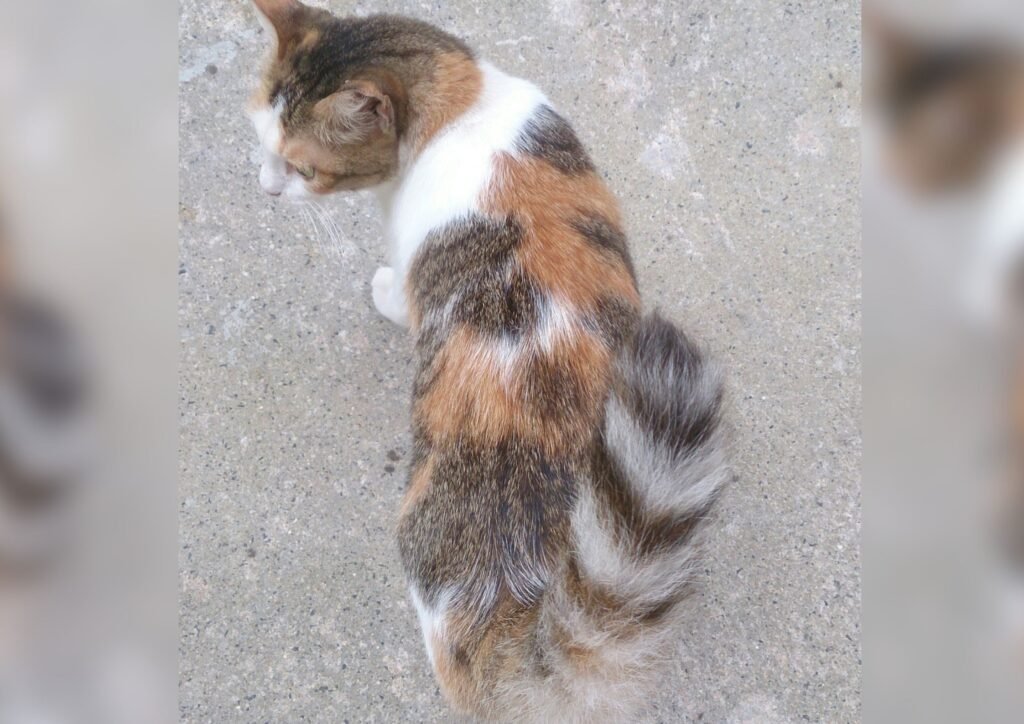
A cat’s tail is like a mood barometer. A high, upright tail often signals confidence or happiness, while a swishing tail can indicate irritation or excitement. A puffed-up tail, however, is a clear sign that your cat feels threatened or scared.
2. The Power of Eye Contact
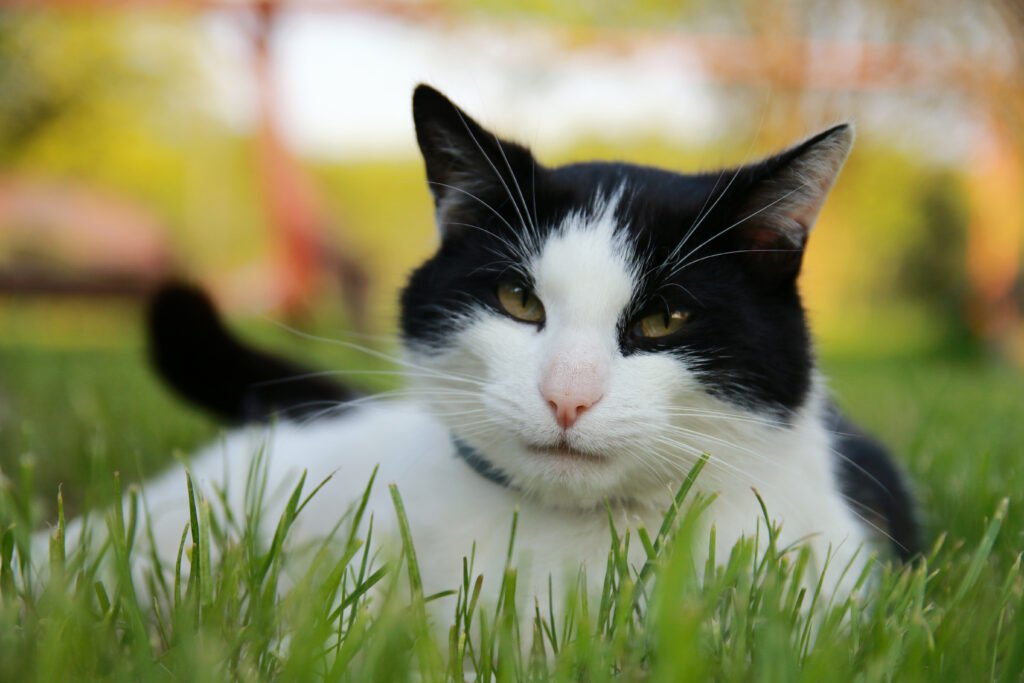
Cats use their eyes to convey trust and affection. A slow blink is often called a “cat kiss” and shows they feel comfortable around you. Conversely, wide eyes or a fixed stare might indicate fear or heightened alertness.
3. Ears That Tell a Story
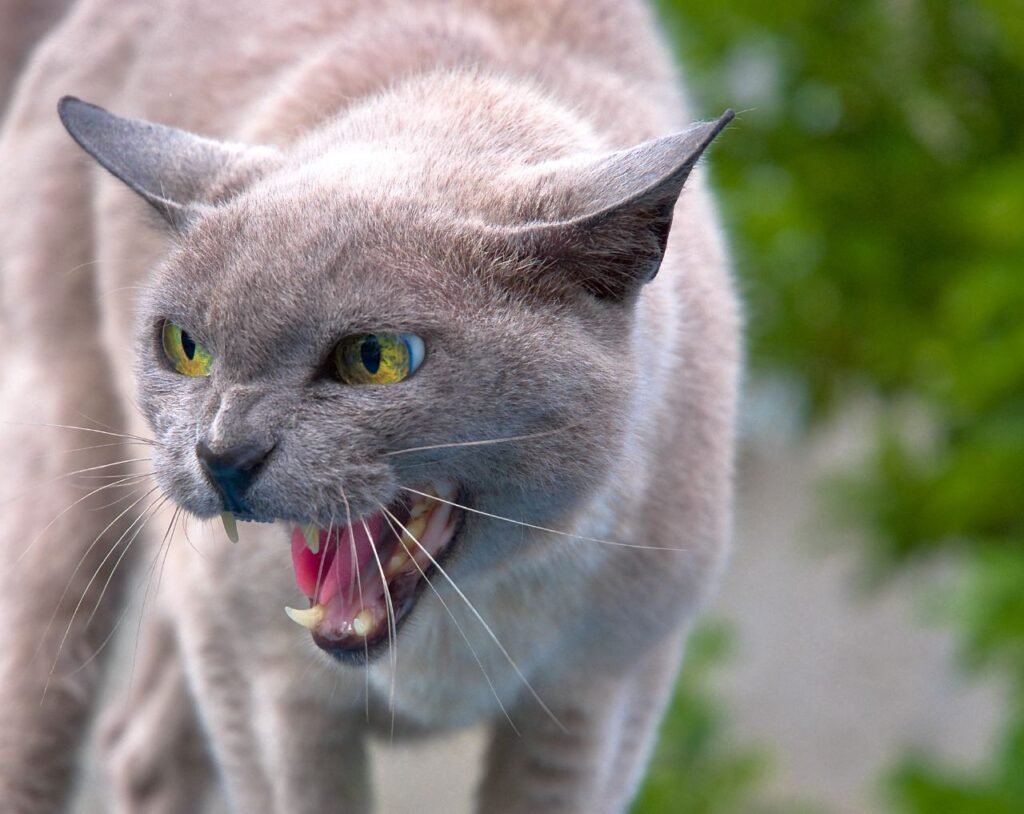
The position of a cat’s ears reveals a lot about their emotions. Forward-facing ears suggest curiosity or playfulness, while flattened ears signal fear, anger, or discomfort. Rotating ears indicate they’re listening to something specific or trying to locate a sound.
4. Body Posture Says It All
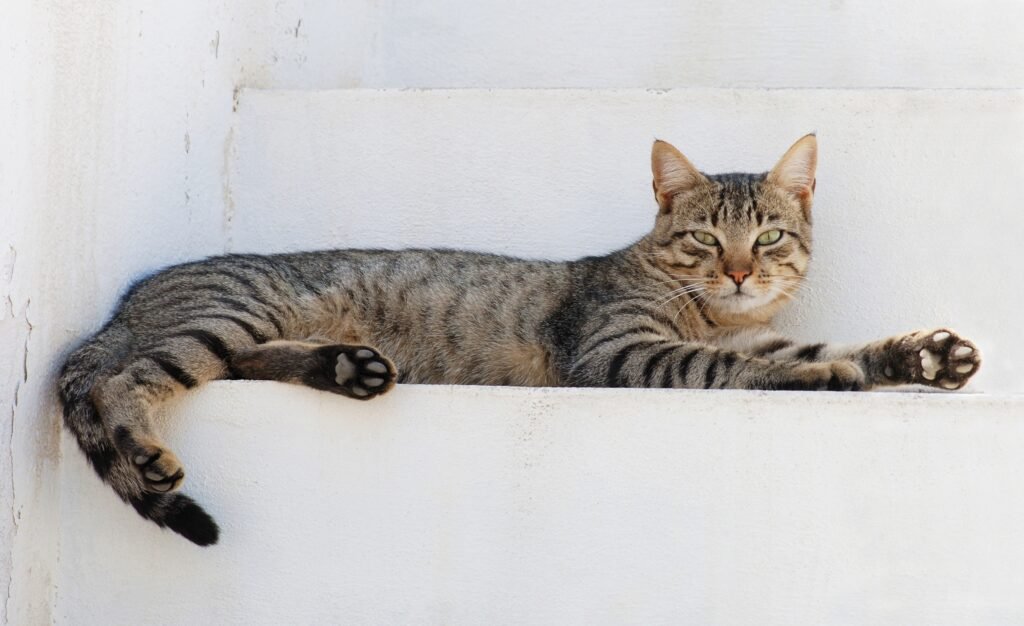
A cat’s stance can reflect its mood. A relaxed, stretched-out posture indicates contentment, while an arched back with fur standing on end is a classic sign of fear or aggression. If a cat crouches low, they may feel unsure or are preparing to pounce.
5. Whisker Position Is Key
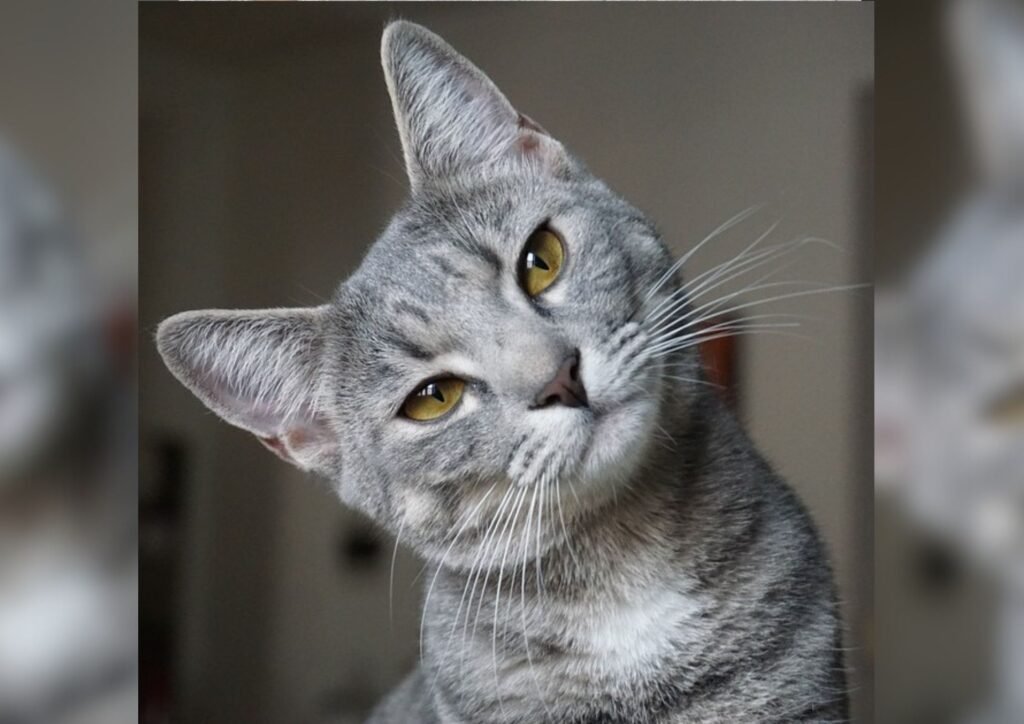
Whiskers are more than just adorable—they’re communicators. Forward-pointing whiskers show curiosity or interest, often when they’re focused on something exciting. Whiskers pulled back against the face suggest stress or unease.
6. Rubbing and Head-Butting for Affection

Cats often rub against people or objects as a way of marking their territory with scent glands on their face and body. Head-butting, or “bunting,” is a sign of trust and affection. It’s their way of saying, “You’re part of my world.”
Understanding Your Cat’s Silent Language
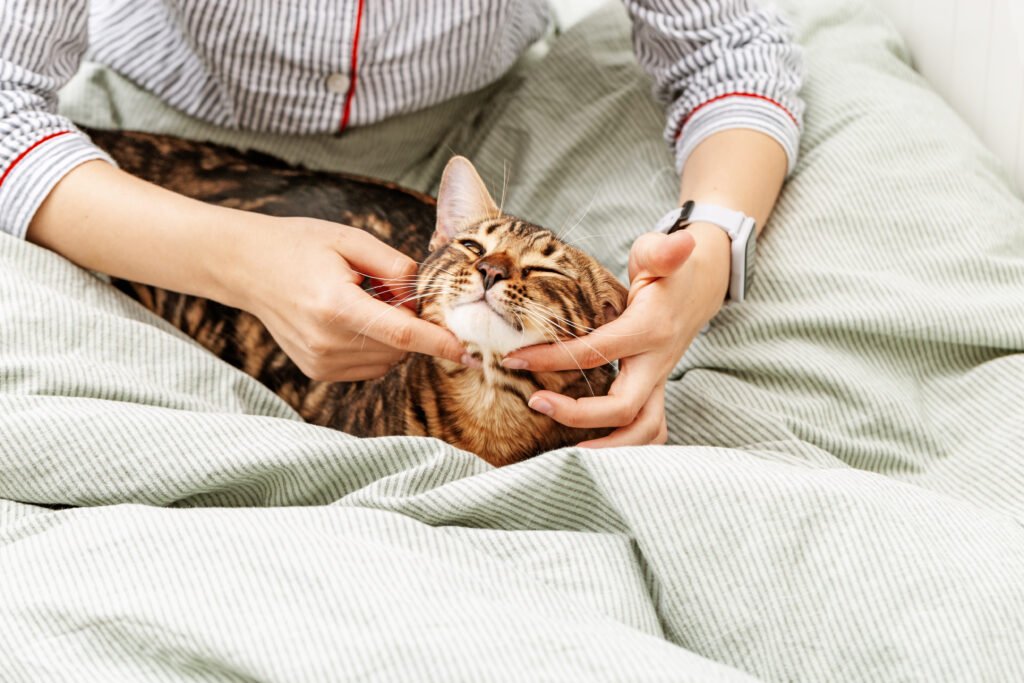
Learning to interpret your cat’s nonverbal communication helps deepen your bond with them. Cats are incredibly expressive, even without making a sound, and paying attention to these cues can make your relationship even stronger.
By understanding these silent signals, you’ll unlock a whole new level of appreciation for your feline friend. Cats may be quiet, but they have plenty to say!

Growing up traveling and experiencing new cultures and wonders, I have had a passion for nature, adventuring, photography, and videography. I am currently working towards a BSc in Biodiversity and Ecology at Stellenbosch University, and I hope to specialise in Marine Sciences one day.
Please send any feedback to Feedback@animalsaroundtheglobe.com






